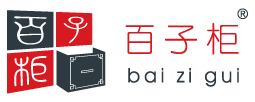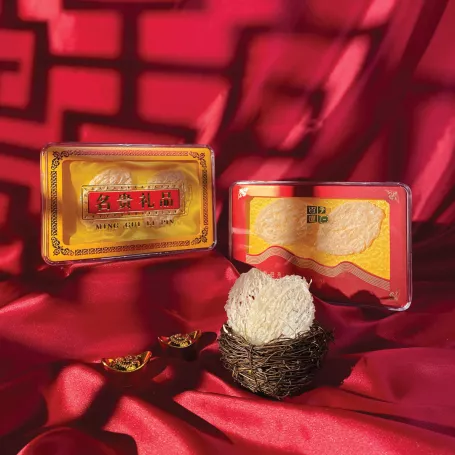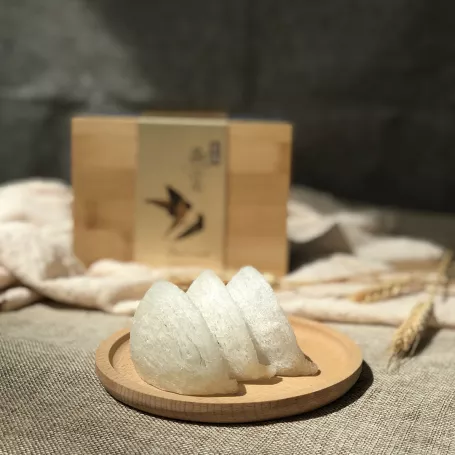Real vs. Fake Bird’s Nests: How to Tell the Difference

Real vs. Fake Bird’s Nests: How to Tell the Difference
Introduction:
Bird's nests have long been cherished in traditional Chinese medicine and cuisine for their supposed health benefits. However, with the increasing demand for these delicacies, the market has witnessed a rise in fake bird nests. In this article, we will explore the prevalence of fake bird nests, the composition of genuine nests, common additives in fake ones, and crucial tips to differentiate between the real and the imitation.
The Composition of Genuine Bird Nests:
Genuine bird nests are primarily crafted by swiftlets using their saliva. These nests consist of a unique combination of proteins, amino acids, and minerals, resulting in a gelatinous texture when dissolved in liquid. The authenticity of a bird nest lies in its purity and the absence of external substances.
Ingredients in Fake Bird Nests:
Counterfeit bird nests often incorporate various ingredients to mimic the appearance and texture of genuine nests. These can include gelatin, agar-agar, seaweed extract, or even artificial additives such as food coloring and preservatives. While these may provide a similar visual effect, they lack the nutritional value and purity of authentic bird nests.
Differentiating Between Real and Fake Bird Nests:
-
Color:
-
Real bird nests usually have a pale, translucent color, reflecting the natural hues of swiftlet saliva. Fake nests may appear brighter or exhibit unnatural shades due to added coloring agents.
-
Purity:
-
Authentic bird nests are characterized by their purity, free from impurities or foreign substances. Fake nests may contain visible particles, clumps, or extraneous materials.
-
Size:
-
Genuine bird nests come in various sizes, but they generally have a more delicate and intricate structure. Fake nests might lack the intricate details or exhibit a more uniform appearance.
-
Shape:
-
Real bird nests often have a unique shape with a well-defined structure, mirroring the craftsmanship of swiftlets. In contrast, fake nests may appear more regular or symmetrical.
-
Thickness:
-
Authentic bird nests are known for their thin and delicate texture. Fake nests, on the other hand, may have a thicker consistency due to the use of additional ingredients.
-
Taste:
-
While taste can be subjective, genuine bird nests typically have a subtle, natural flavor. Fake nests may taste artificial, with an overpowering sweetness or an unusual aftertaste.
-
Smell:
-
Real bird nests have a mild, neutral scent characteristic of swiftlet saliva. Fake nests may emit a stronger or synthetic odor due to the presence of artificial additives.
Conclusion:
When it comes to bird nests, the market is flooded with imitations. To ensure the highest quality and purity, it is essential to choose reputable sources. Bai Zi Gui bird nests stand out for their authenticity, providing consumers with the genuine benefits associated with this coveted delicacy. By being vigilant and employing the tips mentioned, consumers can make informed choices and enjoy the true essence of authentic bird nests.

 Bahasa melayu
Bahasa melayu 中文
中文























